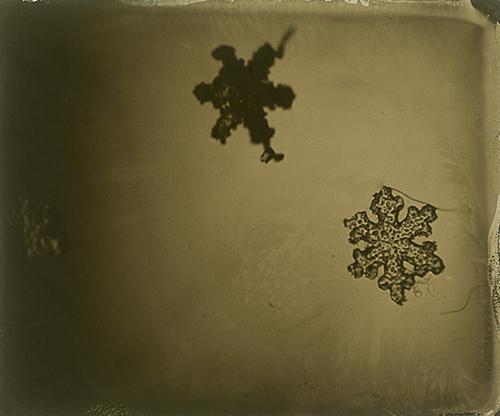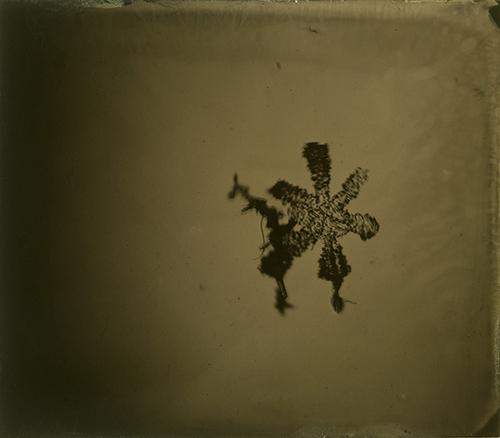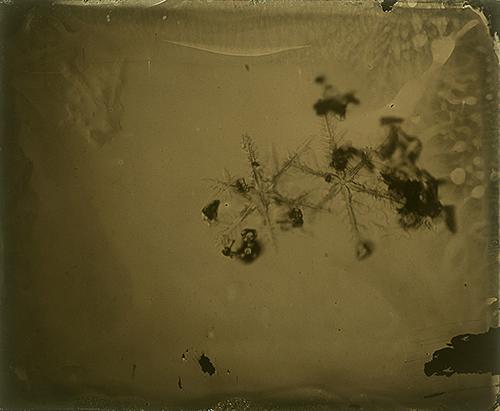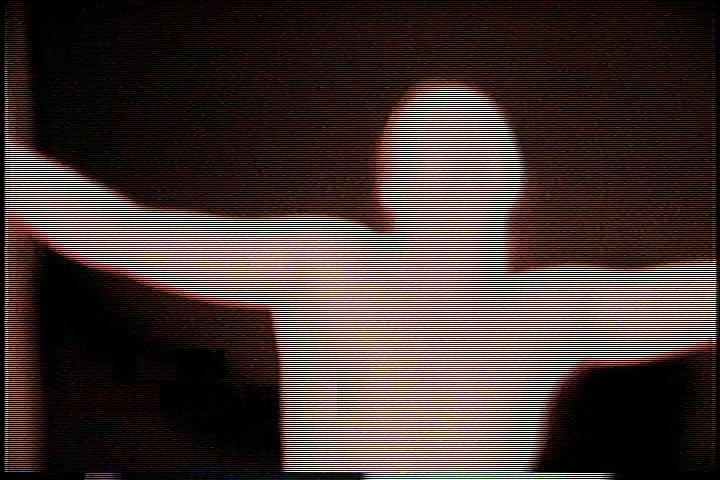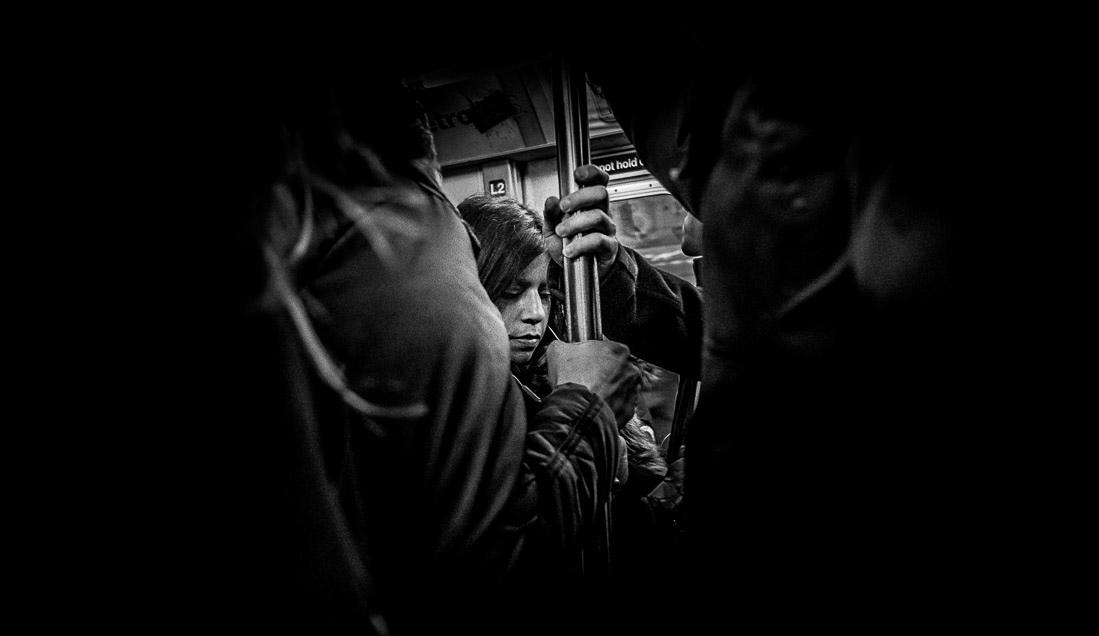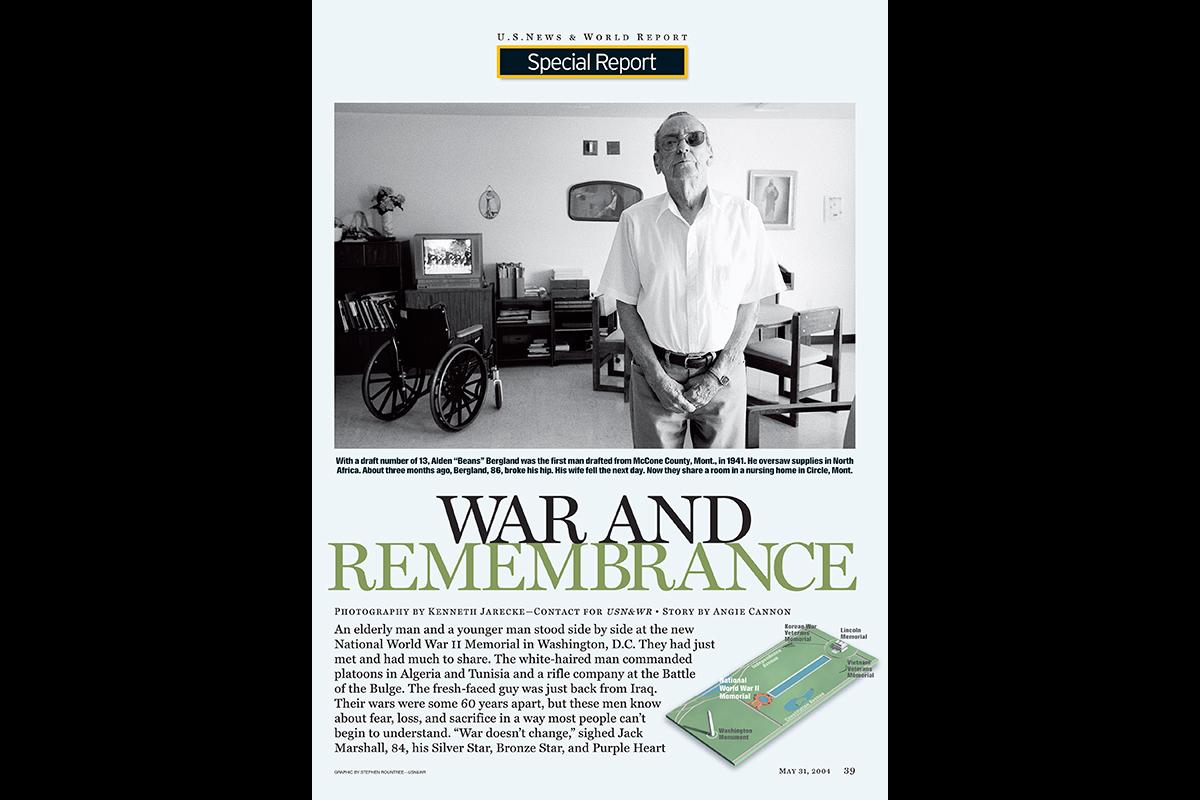These Are Likely the World’s First Wet Plate Collodion Photos of Snowflakes
Want a crazy photography challenge? Try photographing a snowflake. Want to make it even more challenging? Try doing it with the wet plate collodion process.
That’s what a couple of photography professors over at the Rochester Institute of Technology recently attempted and pulled off.
RIT professors Willie Osterman and Michael Peres have been colleagues for 3 decades now, with Peres in the biomedical photographic communications department and Osterman focusing on fine art photography. Back in January 2016, they started throwing around the idea of combining their skills to create a wet plate collodion photo of a snowflake.
On February 10th, 2016, a day after doing some trial runs and tests, the duo got their chance thanks to snowflakes falling under the right temperatures and conditions. They converted Peres’ laundy room into a darkroom and prepared emulsion for collodion plates measuring 3.5×4.5 inches.
At 5:30am, while the temperature was 30°F, the photographers sensitized a plate for 10 minutes, collected a few snowflakes on glass slides, exposed the plates through a microscope for 16 seconds, developed the plates for 15 seconds, and then washed in running water to stop development before fixing.
What resulted were a set of pioneering wet plate collodion photos of snowflakes.
While snowflake photos were already being made in the late 1800s, they used different processes (e.g. John Dillwyn Llewelyn’s salt print photos in 1851 and Wilson Bentley’s dry plate photos around the 1900s). So, Peres and Osterman’s project could very well be the first wet plate snowflake photos ever made.
Excerpted from Petapixel (see link below)
